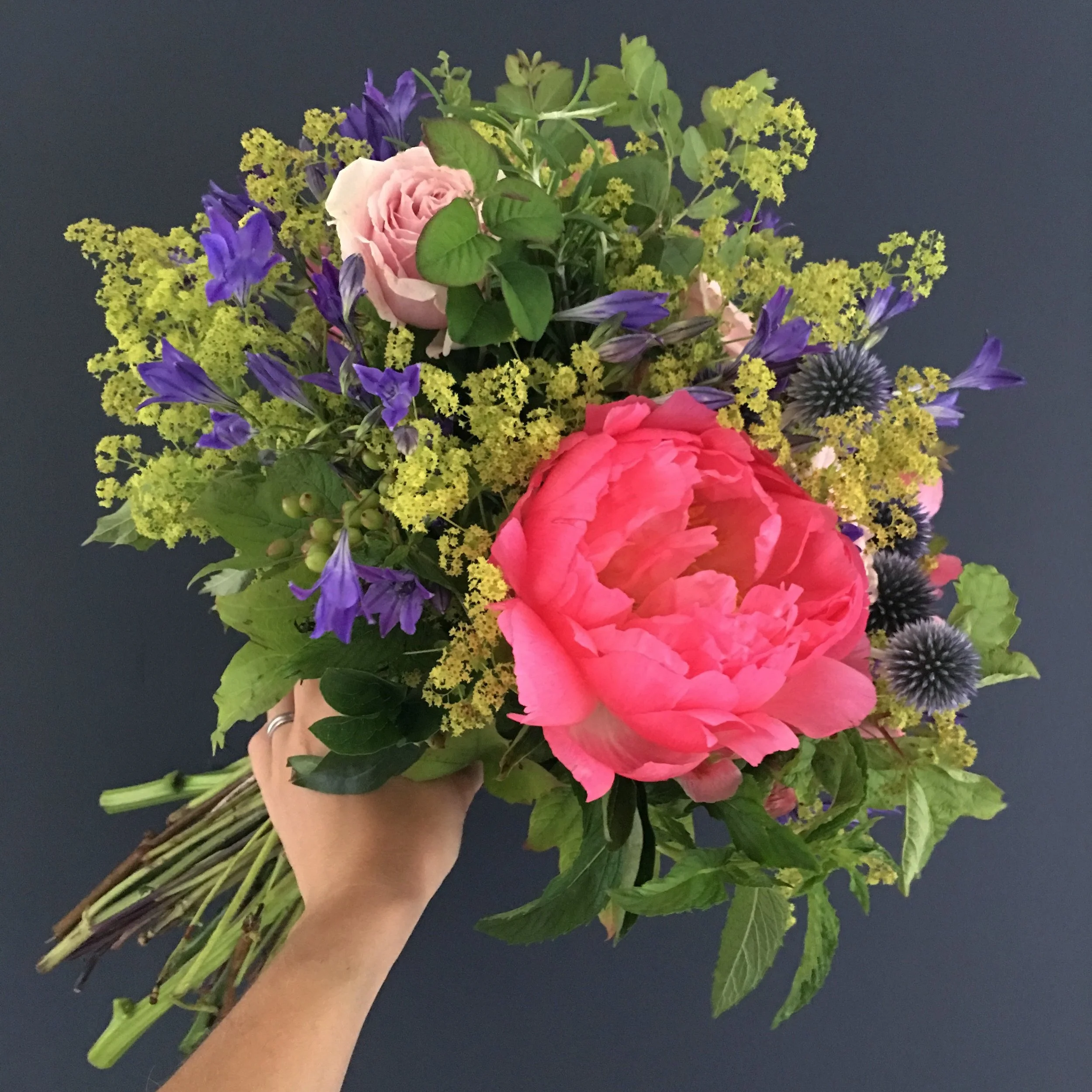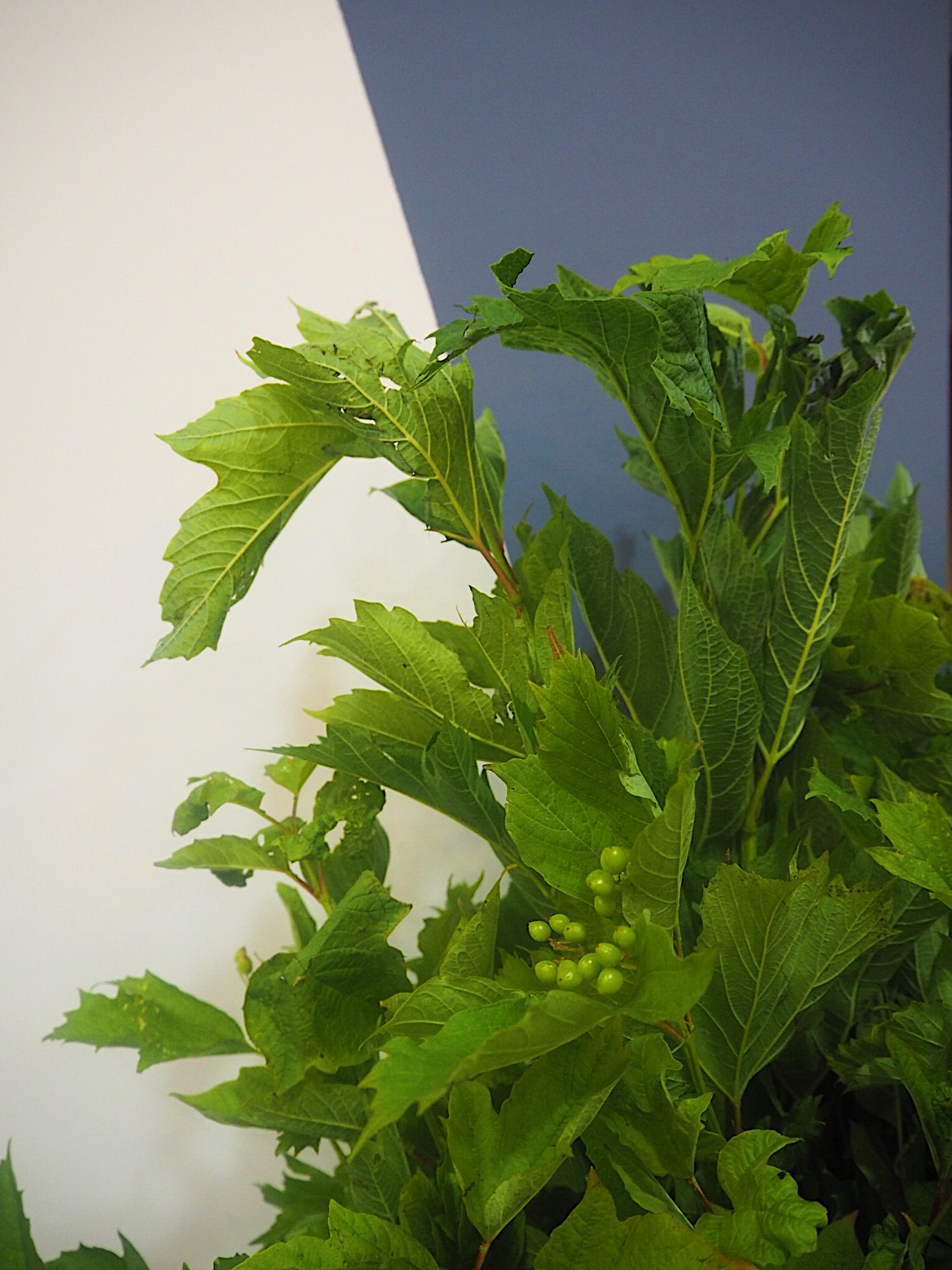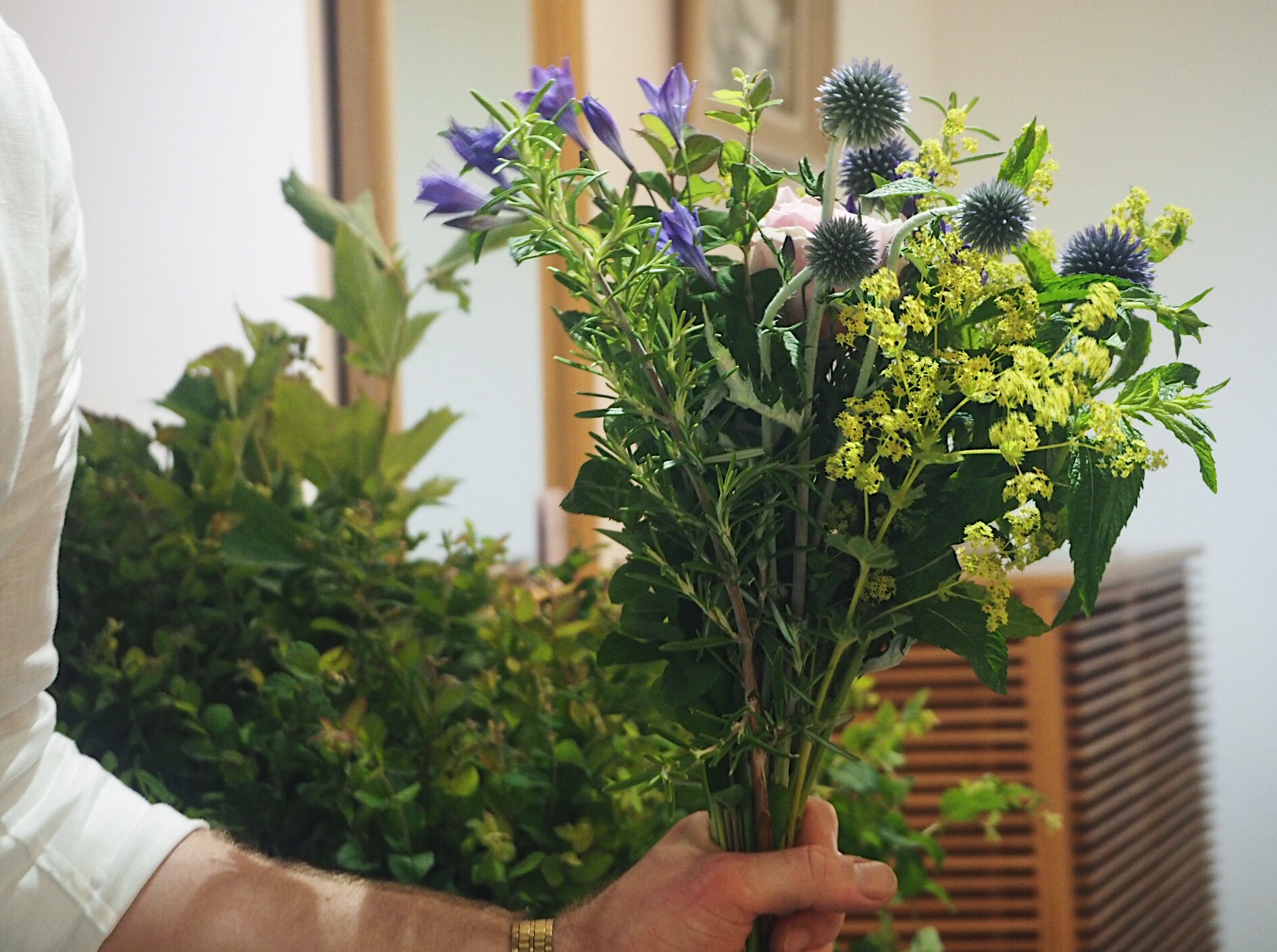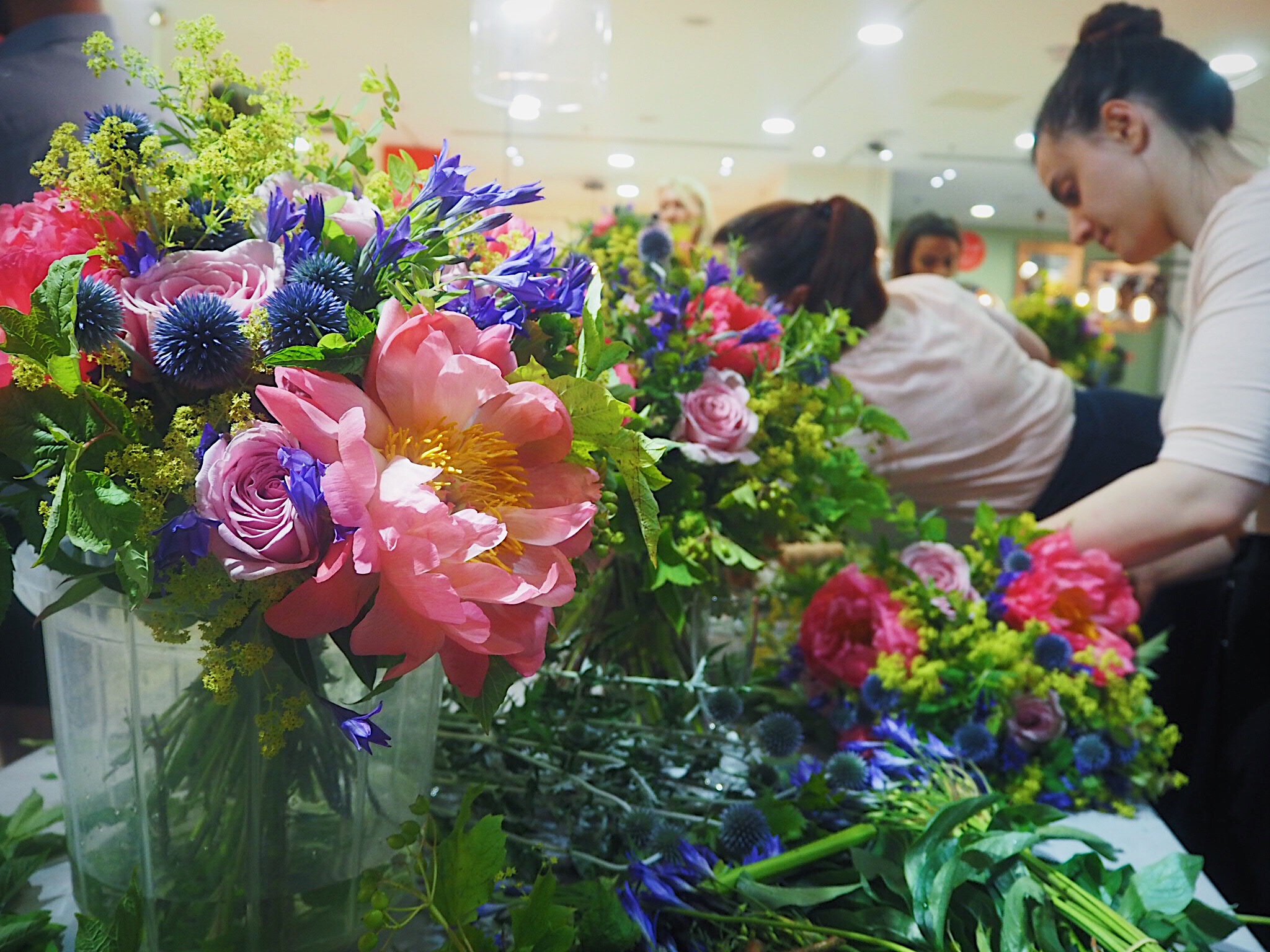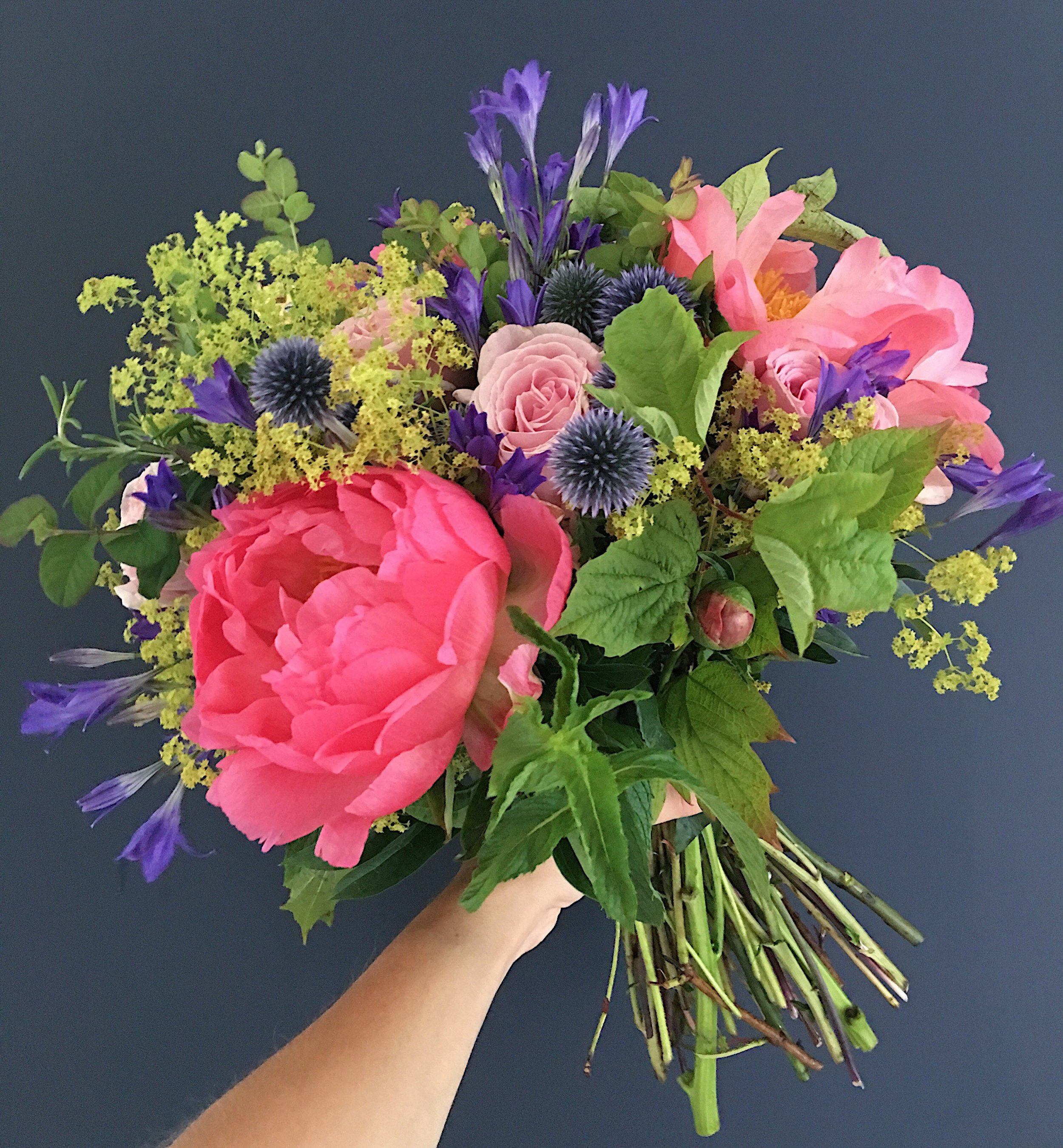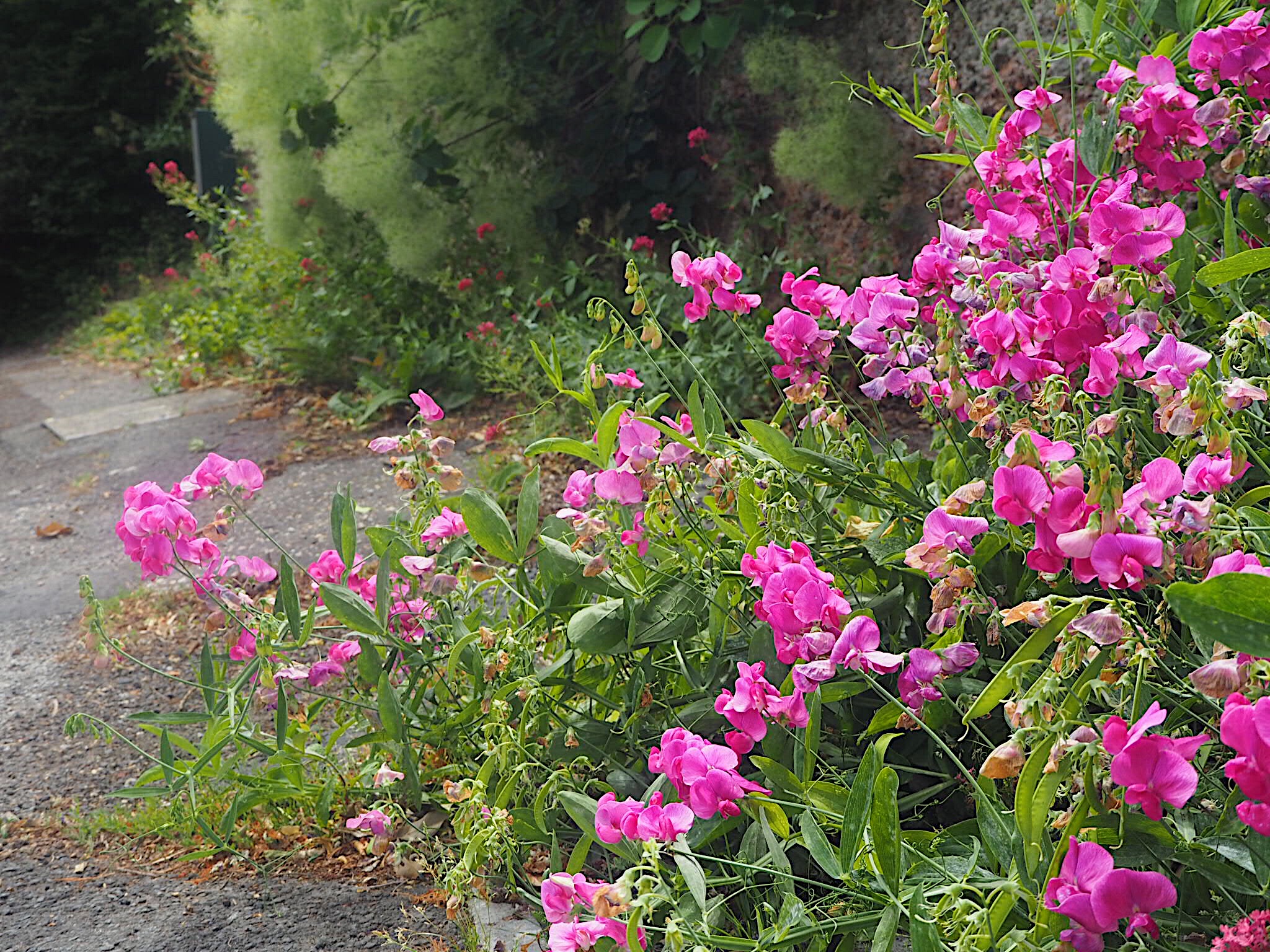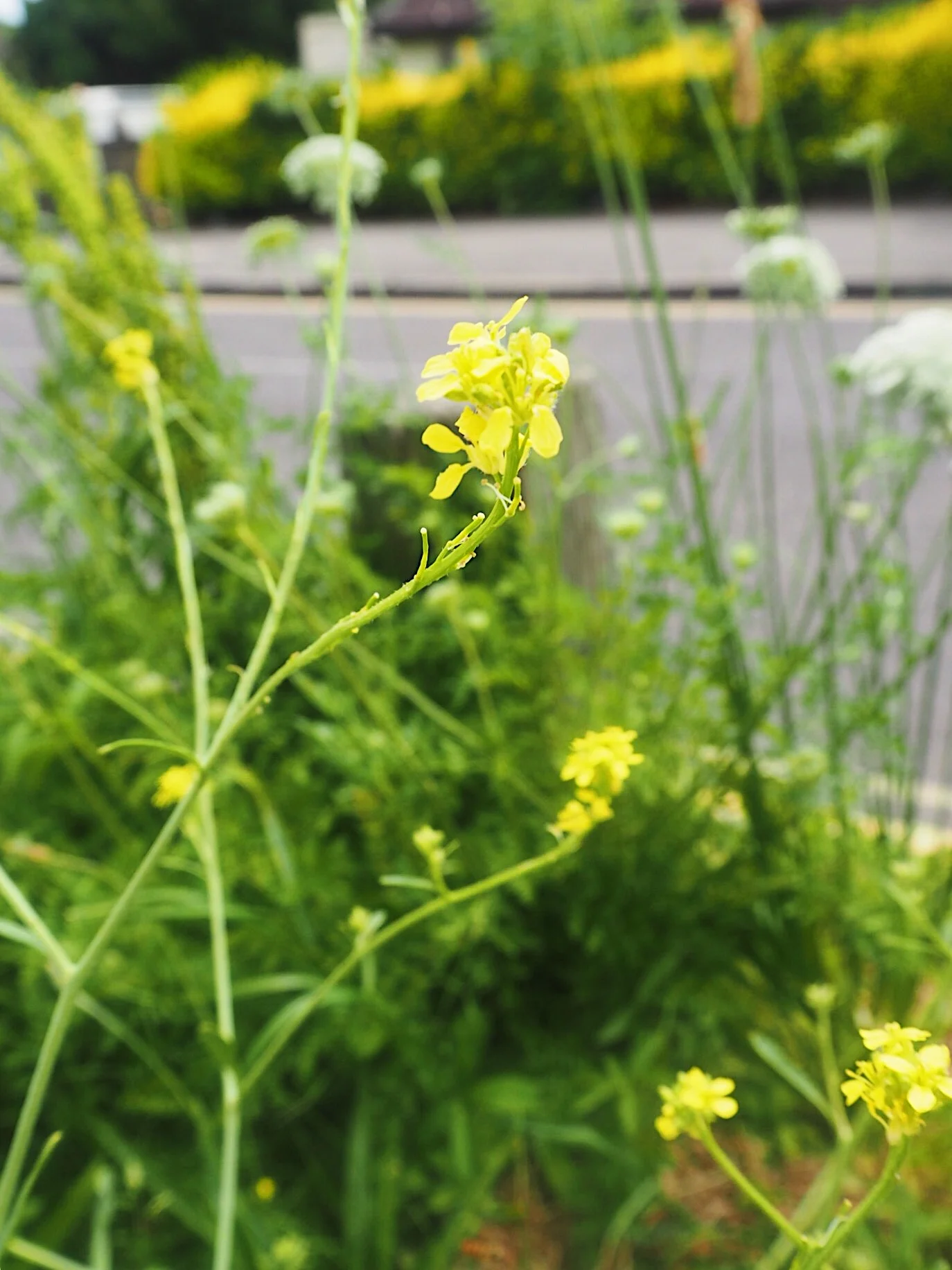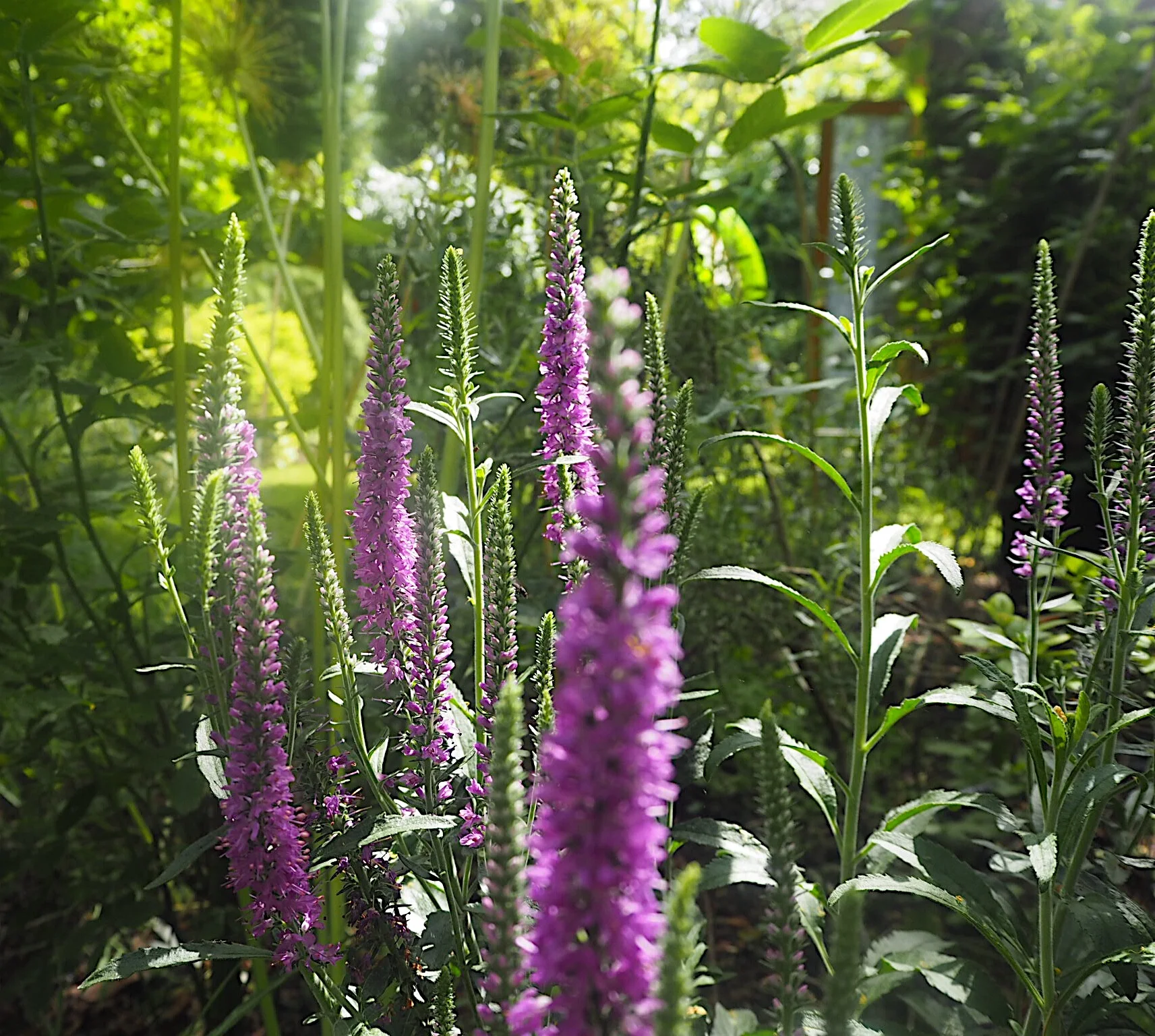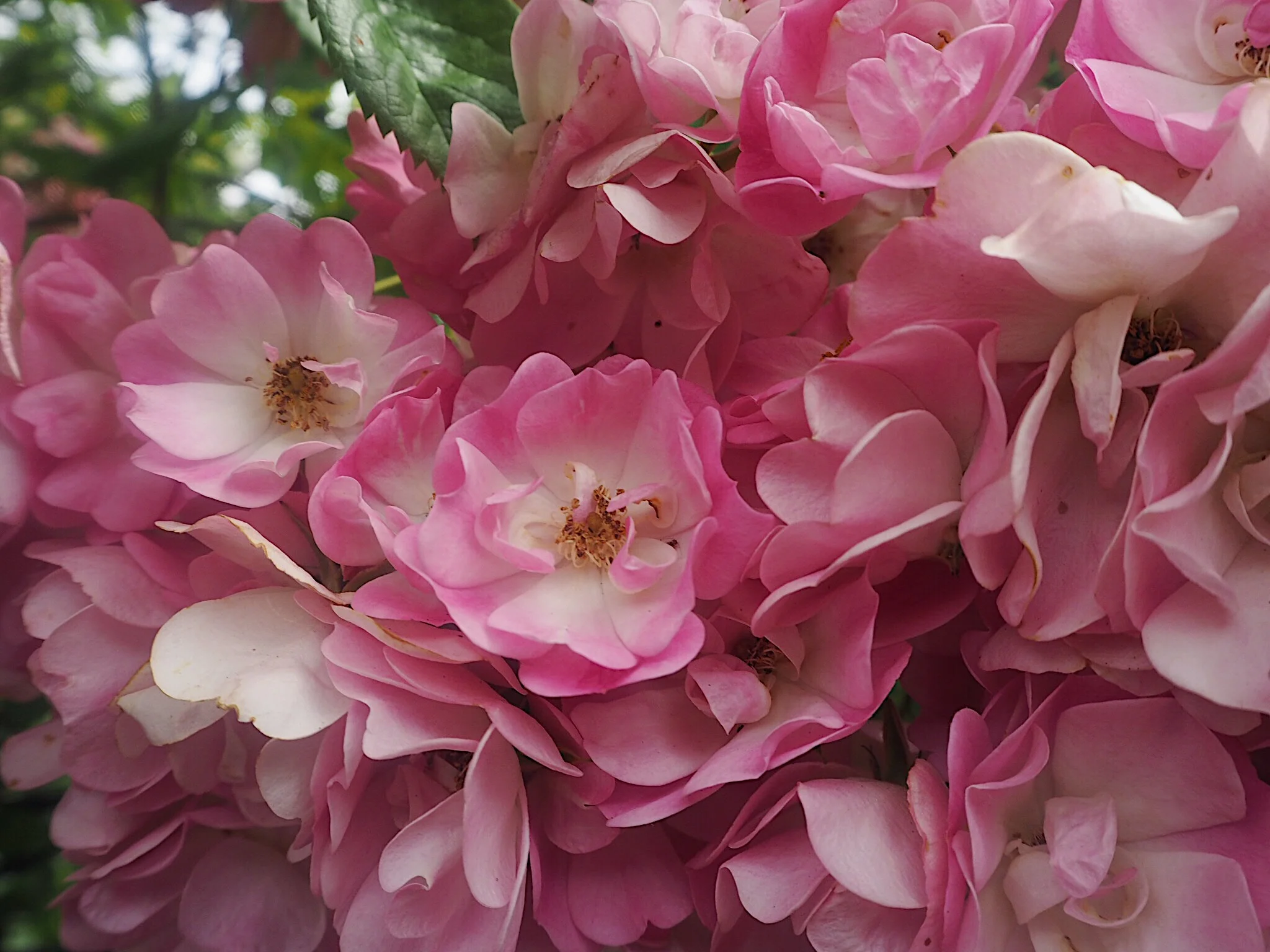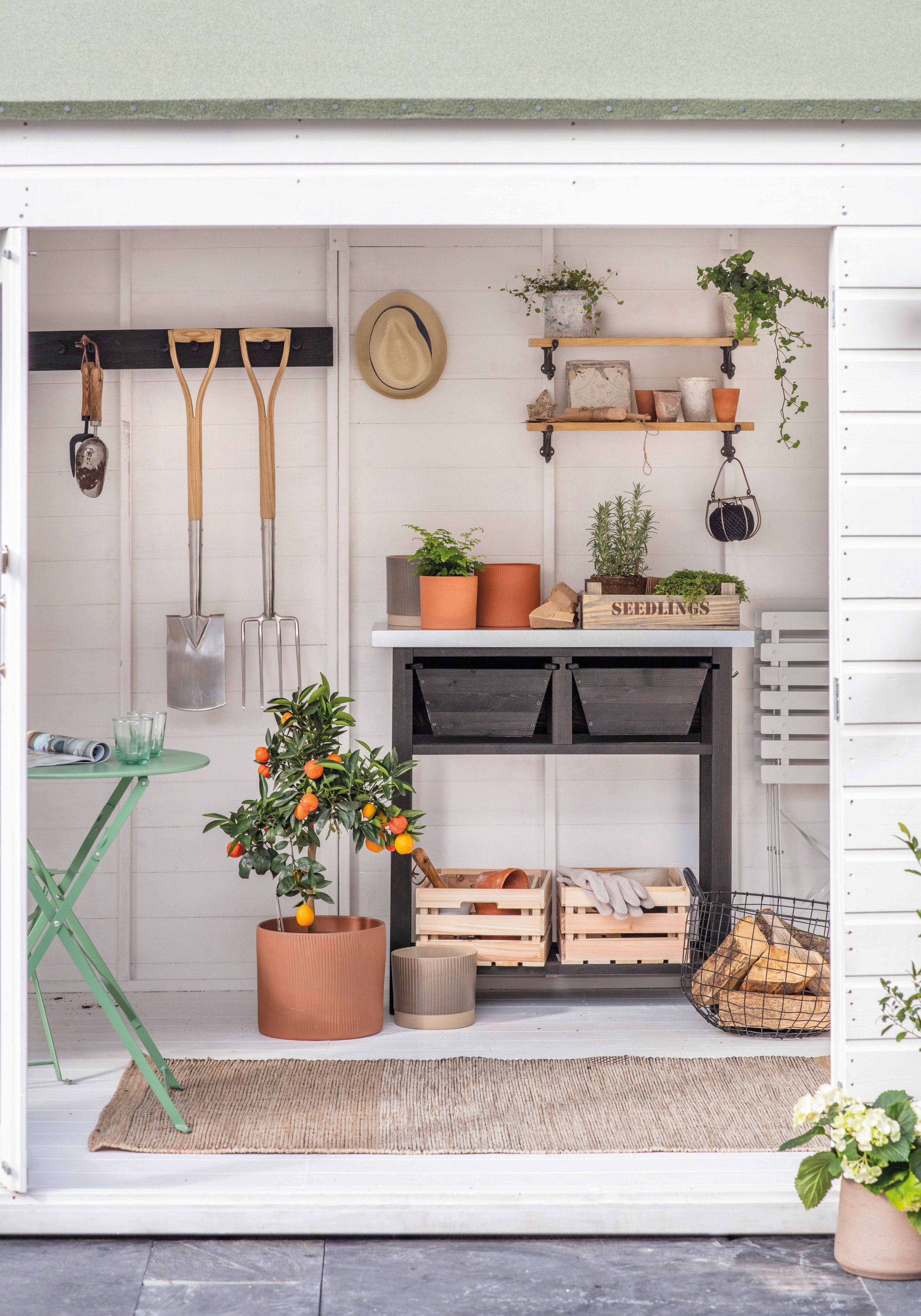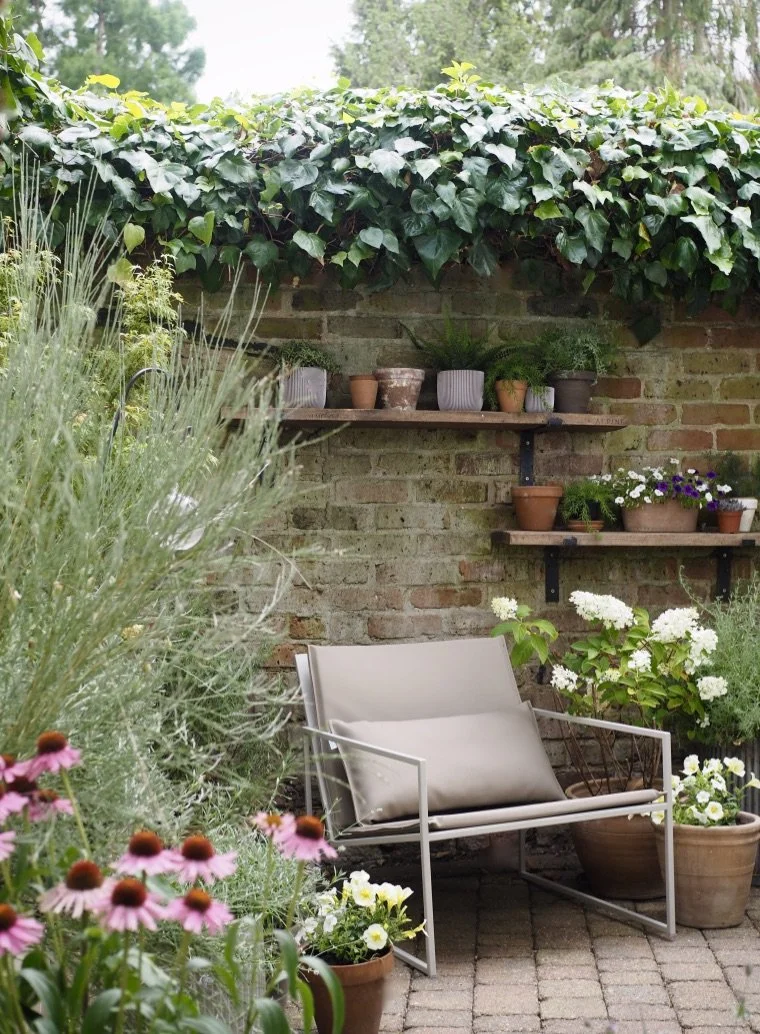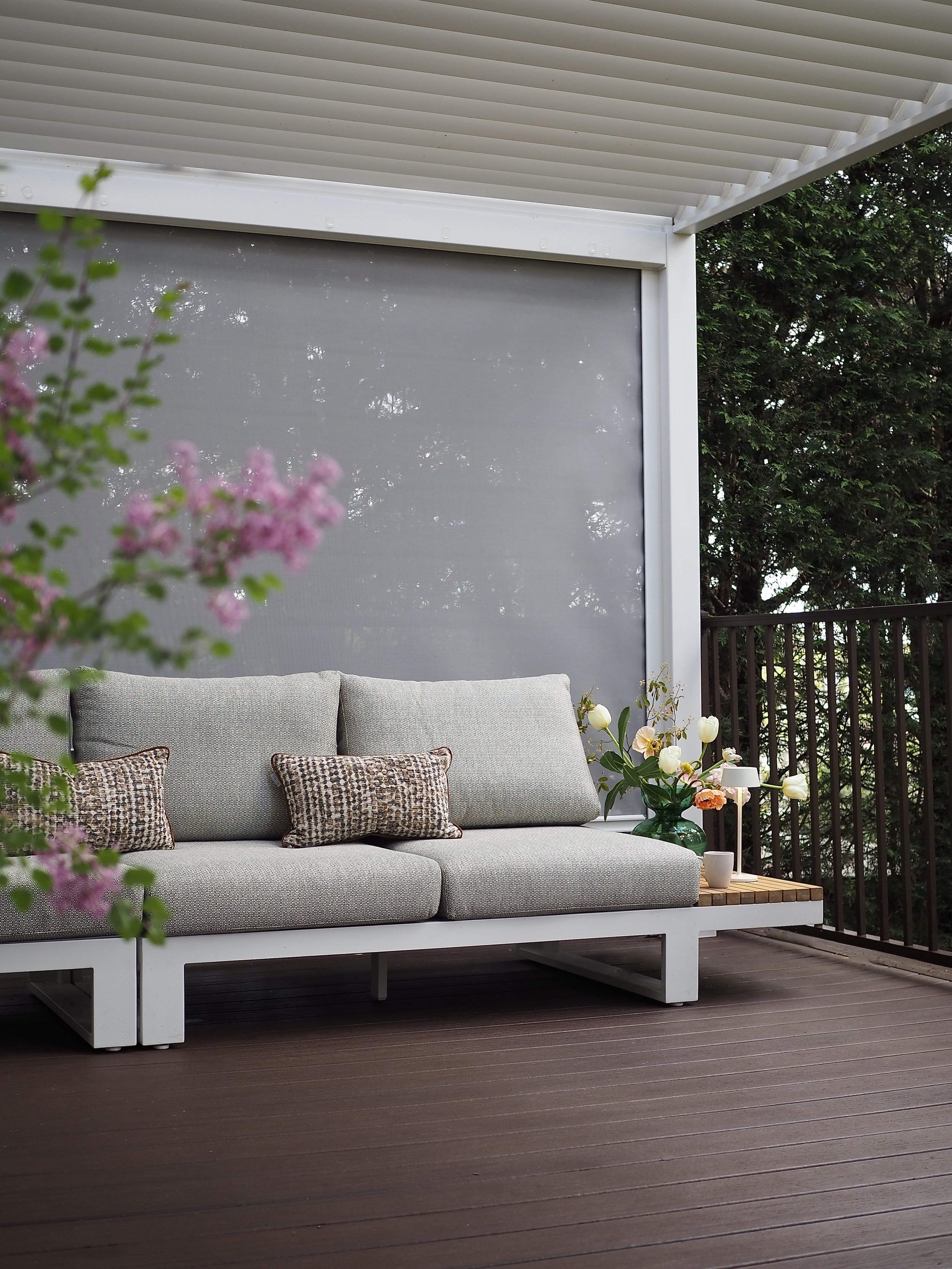Celebrating #britishflowersweek: How to make hand-tied bouquets and other DIY floral displays for your home
This week is British Flowers Week - but did you know only 10% of flowers sold in Britain are grown here? To highlight this fact, and to celebrate our home-grown flowers and foliage, New Covent Garden Flower Market launched British Flowers Week in 2013 to promote British flowers, their growers and the independent florists working with them. One of those independent florists is Agent F, whose bouquets are a riot of colour and who I first met just before Xmas when I made a festive table centrepiece with them.
Agent F was hosting a floral workshop at Heal's this week as part of British Flowers Week, where they were demonstrating how to make a hand-tied bouquet out of purely home-grown flowers and foliage. I was invited along to try and learn how to do this myself, so I'm going to pass on Agent F's expert tips to you, my lovely readers!
One thing I did learn from this class is that making a hand-tied bouquet is not as easy as it looks - those flowers are heavy, and there are a number of rules that you HAVE to follow to get a beautiful bouquet that lasts. With this in mind, and understanding that not everyone is lucky enough to have a garden, at the end of the post I'm going to tell you what I took away from Agent F's class that has helped me create simple DIY floral displays from wild and locally sourced flowers at home. These displays are perfect to be scattered around the house, totally upping your shelfie game and brightening up ignored corners.
The end result from my Agent F masterclass.
"When making a hand tied bouquet, stick to 5 types of flower and 2 types of foliage"
When choosing flowers for your bouquet, whether you are cutting flowers from the garden or purchasing flowers at a market, stick to 5 types of flower and 2 types of foliage to create a vibrant yet cohesive look. This is regardless to whether you are making a small bouquet or a really large one. Start your bouquet with a stem of your main scented flower, then build around it.
In our British grown bouquet Agent F had selected scented roses, peonies, thistles and some agapanthas for us. This was mixed in with some herbs (sprigs of mint and rosemary gave the bouquet a great smell) and some more bulky foliage to pad out the bouquet.
"Define your 'binding point'"
Your binding point is the point that separates the top of your bouquet from the bottom. The top half is the 'display half', and the bottom half is the half to be submerged in water. At your binding point, place your stems in the join between your thumb and forefinger as you build your bouquet.
Tom from Agent F holding his bouquet at the binding point.
"Strip all leaves and foliage off your stems below the binding point"
Any leaves or other foliage placed in the water will cause bacteria to grow, and your flowers will not last as long as expected. Only have clean stems below your binding point.
"Build your bouquet with the stems flowing with each other. Do not cross the stems"
This was definitely the hardest bit for me. I found it difficult to build a bouquet by gently twisting it as I went along, so all the stems rested against each other and did not cross over. What you are aiming for is your stems to create a little tent effect at the base. Refrain from creating a criss-cross pattern:
Tom's perfect flowing base - which also stands up of its own accord!
"Look at the top of your bouquet when building it using a mirror"
When you are making your bouquet and holding it at the binding point, it can be difficult to see what's going on at the top. Use a mirror to view the top of the bouquet and fill out any areas where it's looking sparse.
And here is my bouquet below that I made at the workshop! I love the flowers together, but I really need to practice not crossing the stems.
The workshop made me realise just how many great flowers grow in Britain in the summer, and how you can use things like herbs and wild flowers like grasses to make really pretty displays around the home. The next day I took the dog for a walk where I live and was surprised at just how many pretty flowers were growing along the roadside. The following dog walk that evening I took along a pair of scissors and took a few cuttings.
There was an abundance of sweet-peas (which smelt divine) growing all down the side of a pathway:
These bright little yellow flowers, along with some cow parsley, were growing around the base of a signpost:
These vibrant red & pink Ruber's were growing out of a lot of gaps and cracks in brickwork:
There was an abundance of grasses everywhere:
After taking my wild cuttings, I then looked at what was doing well in my garden that I could take a few sprigs of:
Taking a few old washed out glass jars that once contained candles, I arranged my cuttings and ta-da! This is the result:
I now have some gorgeous mini floral displays to put on shelves and side-tables in my house - all home grown and it didn't cost me a penny!
If you haven't already done so, please do check out the wonderful Agent F, who will soon be opening a shop in Central London. As well as the shop, they will also be creating an urban garden. Here is a quote from Tom from Agent F all about it:
"I am a passionate supporter of the British cut flower industry, and not only do we support our UK flower farmers, but It has been a long-held dream to create an urban cutting garden in Central London to grow as many of our own flowers as possible. Now, with the help of the Grosvenor Estate, this dream is becoming a reality and our cutting garden will be opening as part of the Ecclestone Place development in Spring 2018, a stone’s throw from our new Belgravia boutique. The garden will encompass a striking, contemporary multi-levelled design aimed at maximising growing space alongside a pavilion for us to hold talks, workshops and events. We also intend for the garden to be open for use for horticultural therapy, whereby members of the community who don’t have access to their own green space can come and help with gardening or simply enjoy a tranquil green oasis within central London."
What is your favourite home-grown flower? Do you forage for flowers to use in the home? Let me know in the comments section below.


